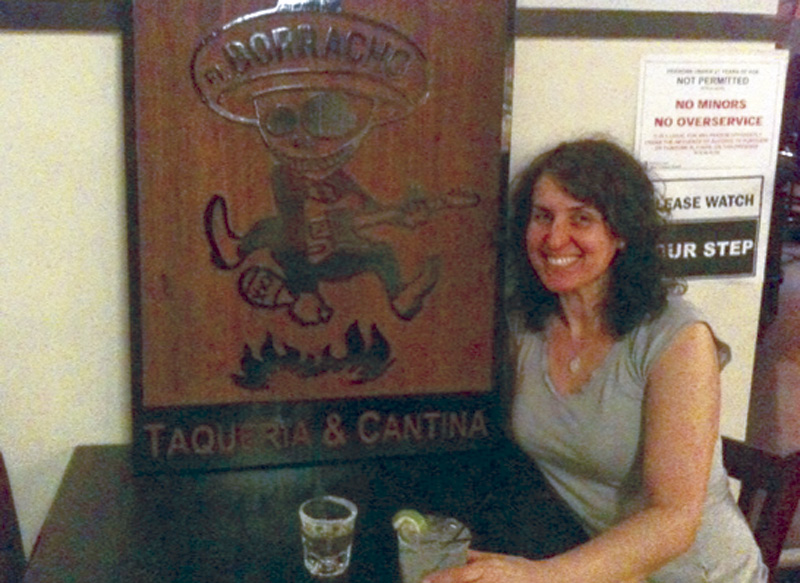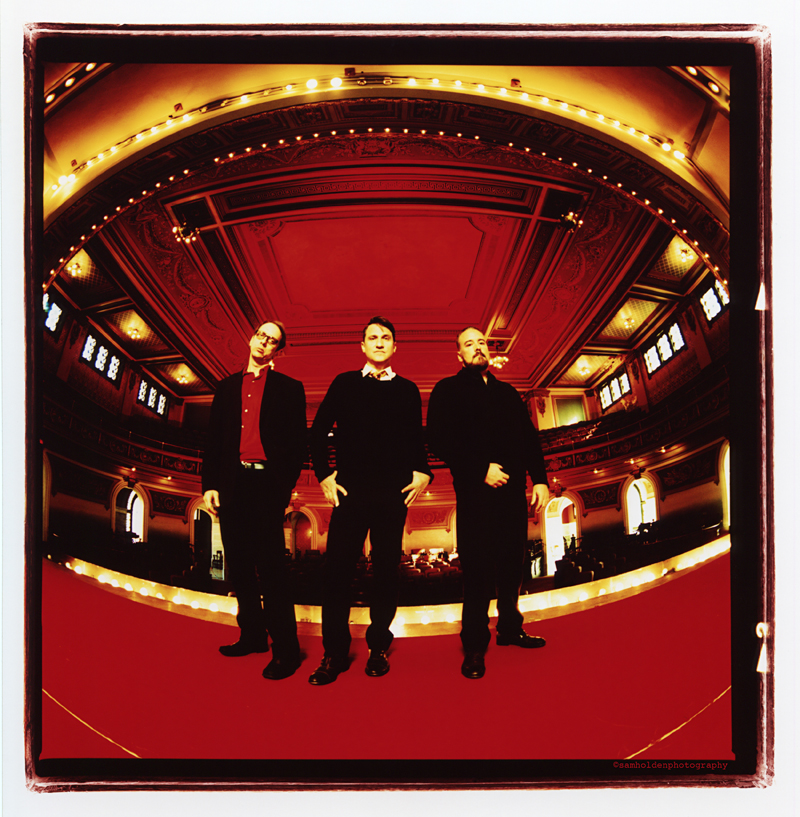Because of the massive evolution of technology, there’s a good chance that kids are discovering punk rock at much younger ages now than they did during the Reagan era. The Dead Kennedys didn’t enter my eardrums until I was 19, even though I had been an obsessive music fan since the age of 5. Growing up in Tacoma in the ’80s, it was a lot easier to foster a fondness for heavy metal than an understanding of underground punk, thanks to the reliability of arena rock tours and the absence of the Internet. Perhaps this was part of the reason for the long-standing and erroneous belief that those two camps were opposed. I remember falling in with a crowd of kids in my post–high school years who worshipped No Means No and the Misfits and treated me like an idiot for still loving Sabbath and Maiden. It seemed ridiculous to me that metal was perceived to be all about knuckle-dragging conformity and punk was the self-righteous wellspring of cerebral rebellion.
Author Steve Waksman thought that was a silly schism too, so he wrote an excellent book about it: This Ain’t the Summer of Love: Conflict and Crossover in Heavy Metal and Punk. With a tone and approach that are equal parts academic and fanboy, the revisionist historian uses examples like Blue Öyster Cult, the Dictators, Motörhead, Black Flag, and Corrosion of Conformity to show that the two are much closer in spirit than previously believed. It’s a theory that The Ruby Doe bassist Jesse Roberts subscribes to as well. “[Ruby Doe guitarist] Aaron Ellh and I grew up in Wenatchee, so we were cut off from a lot of stuff,” he recalls, chatting via phone while en route to his day job as a tattoo artist at Lucky Devil. “Before I got into metal, I was into the straight-edge, East Coast hardcore scene; the first songs I learned on guitar were Minor Threat songs. But there weren’t a lot of punk shows being put on in Wenatchee, so you had to dig more to find that stuff, and we’d just try and get our hands on anything hard-rock or metal. We’re into everything from Minor Threat to old Metallica and the classics like Priest.”
It’s a marriage of tastes that informs The Ruby Doe, a well-loved local band that unfortunately became absent from the scene a couple of years ago, partly because drummer Joshua Gabriel became a father, but also because they decided to hunker down and focus on writing and recording a follow-up to their 2005 album, Always With Wings. They unveiled the new material at a show at the Sunset a few weeks ago, and I really couldn’t have been more impressed. They sound like a band that’s achieved the audio equivalent of a religious hot-yoga routine: Everything is tighter and burns brighter, stepping away from the polish and the pop touches that showed up on their previous record. “Yeah, we feel like we’re getting back to what we originally wanted to sound like, honestly. I can’t listen to that last record.” They recruited The Bismarck drummer Dan Mohr to helm the recording sessions at Mysterious Red X studio in Georgetown; everything is tracked except for Ellh’s vocals, which they plan to wrap up this weekend. They’ll also be performing at a killer Ladies’ Choice show at the Comet with Prize Country, With a Bullet, and Mike Giacolino on Saturday, July 18.
Looks like I’ll be living at the Comet this weekend, because Sunday, July 19, will mark the long-overdue return of another superb, punk-informed metal band, Portland’s Red Fang. “That’s just a melding of all the styles we like,” says bassist and vocalist Aaron Beam. “I think the punk/metal dichotomy died when [Metallica’s 1984 sophomore album] Ride the Lightning came out. Bad Brains melded punk and heavy metal in 1986. But I guess what you’re talking about is the sludgy metal mixed with punk.” Red Fang’s self-titled debut (Sargent House) is a brutal beast of a record, with a decent sprinkling of math rock in the mix. “Yeah, we have math-y blood,” admits Beam. “But we do make a conscious effort to squash things that get too math-y. Like we’ll intentionally make stuff fit into 4/4, or even just say, ‘Hey, the very first four notes of that riff are awesome, why don’t we just play them 40 times in a row, and not even play any of the stuff afterwards?’ Keep it simple, stupid.”








